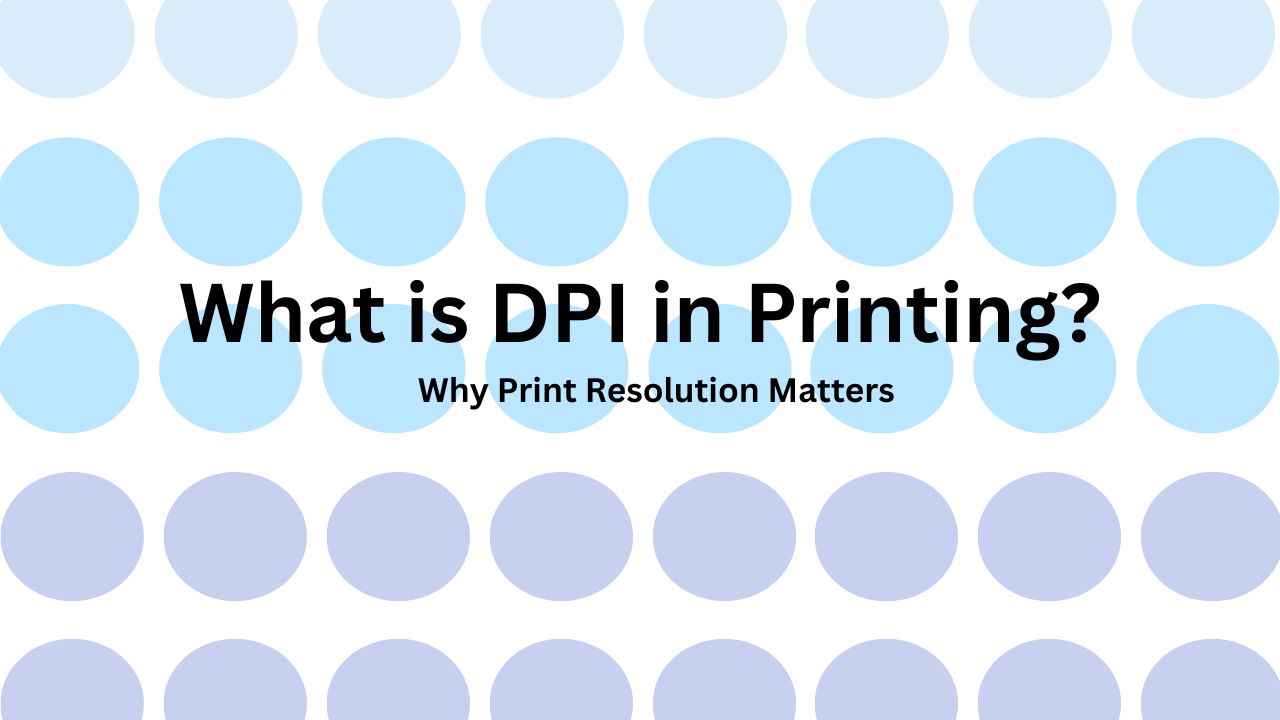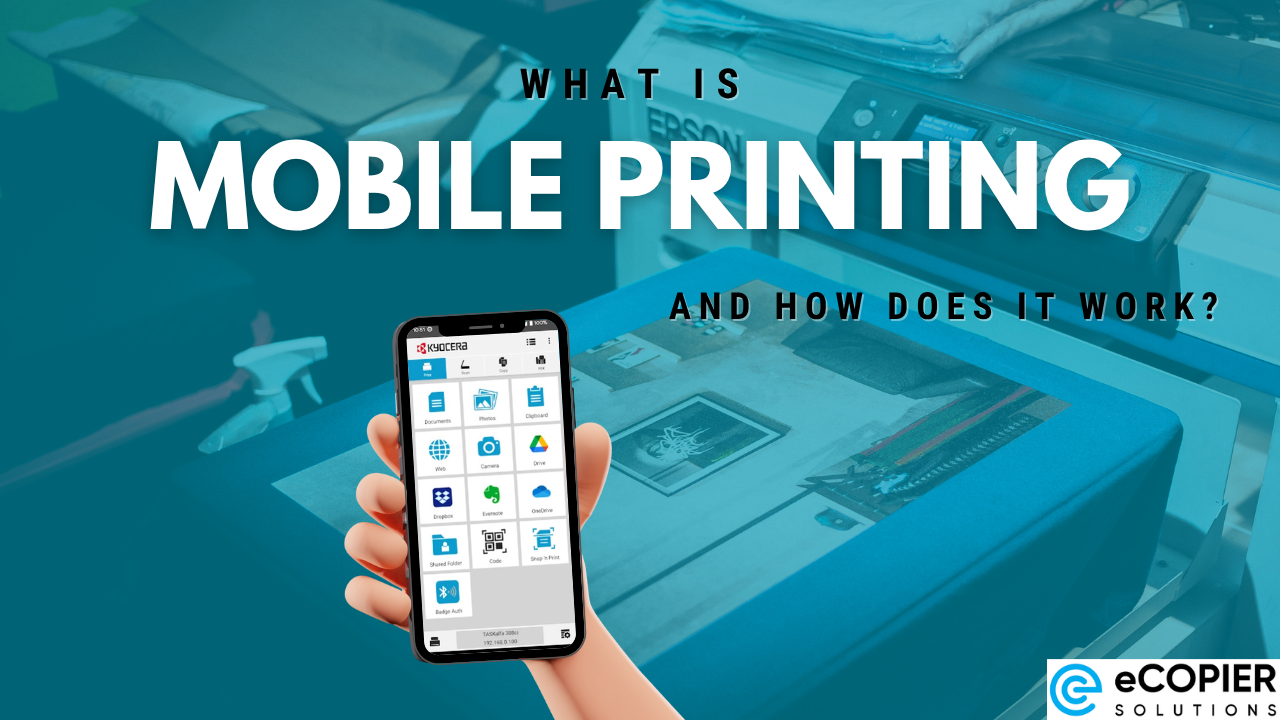Understanding the Complex Dynamics of Vendor Management
In the rapidly evolving landscape of information technology, the role of effective vendor management in IT procurement has never been more crucial. Organizations are constantly striving to harness the best digital tools and services, necessitating strategic vendor partnerships that can meet both current and future IT needs. This article explores the multifaceted world of vendor management, offering insights into how businesses can optimize their procurement strategies to drive innovation, streamline operations, and enhance competitive advantage.
What is Vendor Management in IT Procurement?
What is vendor management in IT procurement?
Vendor management in IT procurement refers to the strategic process of managing and organizing suppliers to optimize costs, drive service excellence, and mitigate risks. This approach ensures that businesses acquire the necessary IT products and services efficiently and effectively. By effectively managing suppliers, organizations can leverage their capabilities to gain competitive advantages, while maintaining compliance and quality standards.
Role in IT procurement
The role of vendor management in IT procurement is multifaceted. It involves:
- Supplier selection: Identifying and selecting the right vendors based on criteria such as price, quality, and reliability.
- Performance monitoring: Regularly assessing vendor performance against service level agreements (SLAs) to ensure they meet expectations.
- Relationship management: Fostering sustainable relationships with suppliers to facilitate improved communication and collaboration.
Importance for business operations
Vendor management is critical for business operations because:
- It reduces costs by negotiating better terms and avoiding financial penalties from poor performance.
- It increases service quality by ensuring that suppliers meet the standards expected.
- It mitigates risks related to supply chain disruptions and inconsistency in service delivery, thus safeguarding the organization’s reputation and operational efficiency.
In summary, effective vendor management in IT procurement is essential for enhancing overall business performance while reducing costs and risks.
Key Components of an Effective Vendor Management Strategy
What is a Digital Signature?
A digital signature is a mathematical scheme designed to verify the authenticity of digital messages or documents. It involves a private key used for signing and a corresponding public key for verification, ensuring the signed document's integrity and authenticity.
How Do Digital Signatures Work?
Digital signatures employ asymmetric cryptography, which means that only the holder of the private key can create a signature that can be verified with the relevant public key. The creation of a digital signature typically involves:
- Creating a one-way hash of the electronic data.
- Encrypting the hash using the private key.
- Appending the resulting digital signature to the data.
Why Are Digital Signatures Important?
Digital signatures offer several crucial benefits:
- Non-repudiation: Signers cannot deny having signed the document, providing accountability.
- Integrity: Any alteration to the signed document can be readily detected.
- Authenticity: Digital signatures confirm the identity of the signer through Public Key Infrastructure (PKI) and digital certificates issued by trusted Certificate Authorities (CAs).
Where Are Digital Signatures Used?
Digital signatures are commonly utilized in various sectors, including:
- Financial Transactions: Ensuring secure payments and contracts.
- Government Forms: Upholding legalities under acts like the ESIGN Act.
- Healthcare Data: Protecting sensitive information with verified identities.
Key Features of Digital Signatures
The essence of digital signatures lies in cryptographic methods, assuring robust security that enhances trust in online communications. Essential components include:
| Feature | Description |
|---|---|
| Public Key Infrastructure (PKI) | Maintains keys and validates identities. |
| Digital Certificates | Issued by CAs to verify signer identity. |
| Encryption Technology | Secures documents and prevents tampering. |
Understanding these features demonstrates why digital signatures have gained legal recognition and trust across different industries.
Leveraging Technology for Vendor Management
Role of digital tools in vendor management
In today's fast-paced business environment, digital tools play a crucial role in managing vendor relationships. These tools facilitate communication, streamline processes, and enhance collaboration, making it easier for organizations to maintain effective vendor management practices. By integrating technology, businesses can track vendor compliance, manage contracts, and automate tasks, thus reducing the time spent on administrative overhead.
Benefits of technology in streamlining processes
The implementation of technology brings several advantages to vendor management:
- Increased efficiency: Automated workflows reduce manual tasks, saving time and effort.
- Enhanced communication: Centralized platforms facilitate seamless interaction between vendors and internal teams.
- Improved data analysis: Digital tools provide real-time insights through analytics, helping to make informed decisions.
- Higher compliance: Automation helps in adhering to regulatory requirements and maintaining compliance across vendor activities.
Ensuring Legal Compliance and Risk Management
Legal Implications
Digital signatures carry significant legal weight, particularly in jurisdictions recognizing them as equivalent to handwritten signatures. For instance, the Electronic Signatures in Global and National Commerce Act ensures that electronic signatures, including digital signatures, hold legal validity in the U.S. These laws provide a legal framework protecting the integrity of signed documents, making it crucial for organizations to understand the implications of using digital signatures in their business processes.
Regulatory Compliance in IT Procurement
Organizations must adhere to various regulatory standards regarding the use of digital signatures in IT procurement. Compliance frameworks, such as those outlined by the Federal Acquisition Regulation (FAR) and the Government Paperwork Elimination Act (GPEA), mandate that digital signatures be employed to facilitate efficient document handling. Failure to comply can result in significant legal penalties and hinder business operations, emphasizing the need for organizations to develop sound compliance strategies.
Risk Mitigation Strategies
To manage risks associated with digital signatures, businesses should implement robust security protocols, such as utilizing public key infrastructure (PKI). Additionally, employing trusted Certificate Authorities (CAs) ensures that digital certificates used in signing are valid and secure. Regular audits, training on digital signature best practices, and monitoring of digital signing activities can further enhance security and compliance, mitigating risks associated with fraud and document tampering.
Evaluating Vendor Performance and Metrics
What is a digital signature?
A digital signature is a mathematical scheme used to verify the authenticity and integrity of digital messages or documents. It employs asymmetric cryptography—where a private key is used to create the signature, and a public key is used for its verification. This ensures that only the holder of the private key can sign a document, while anyone with the public key can verify that the signature is legitimate.
How do digital signatures work?
The process of creating a digital signature involves several steps:
- Message Digest Creation: First, a one-way hash of the original message is generated, creating a unique representation of the data.
- Encryption: This hash is then encrypted using the signer's private key, producing the digital signature.
- Transmission: Both the original message and the digital signature are sent to the recipient.
- Verification: Upon receiving the message, the recipient uses the signer's public key to decrypt the signature and then generates a hash of the original message. If both hashes match, the signature is confirmed as valid.
What benefits do digital signatures offer?
Digital signatures provide an array of benefits:
- Authenticity: They confirm the identity of the signer, ensuring that the message originated from the claimed sender.
- Integrity: They guarantee that the document sent has not been altered during transmission.
- Non-repudiation: Signers cannot deny having signed the document, which ensures accountability.
- Legal Recognition: In many jurisdictions, digital signatures are legally binding and equivalent to handwritten signatures, thus facilitating digital agreements.
What are advanced digital signature variations?
Under EU regulations, digital signatures are categorized into different types based on their level of assurance. These include:
| Signature Type | Description | Identity Verification Level |
|---|---|---|
| Advanced Electronic Signature | Offers better verification and is more secure than simple signatures. | Intermediate assurance |
| Qualified Electronic Signature | Equivalent to a handwritten signature, requiring strong verification methods. | Highest assurance |
Digital signatures continue to grow in importance as digital transactions become mainstream. They enhance security and trust in electronic communications, providing an essential tool for modern digital interactions.
Impact of Strategic Partnerships in IT Procurement
What is a Digital Signature?
A digital signature is a sophisticated mathematical scheme designed to confirm the authenticity of digital messages or documents. By integrating a private key for signing and a corresponding public key for verification, digital signatures provide a secure method to validate electronic communications.
How Do Digital Signatures Work?
Digital signatures operate on the principles of asymmetric cryptography. The signature is generated using a private key, while the recipient employs the associated public key to verify its authenticity. This two-key system ensures that only the legitimate holder of the private key can produce a valid signature, enhancing security significantly.
What Are the Key Components of Digital Signatures?
The digital signature process involves three primary algorithms:
- Key Generation: Involves creating a private and public key pair.
- Signing: The document's hash is encrypted with the private key, forming the digital signature.
- Verification: The public key is used to decrypt the signature; if the hash matches, the signature is valid.
What Role Does Public Key Infrastructure Play?
Public Key Infrastructure (PKI) is crucial for the successful implementation of digital signatures. It involves the management of keys and the provisioning of digital certificates by Certificate Authorities (CAs), ensuring high-level identity verification and security for both signers and recipients.
What Are the Advantages of Using Digital Signatures?
Digital signatures provide multiple benefits, including:
- Authenticity: Confirm the signer's identity.
- Integrity: Ensure the document has not been altered.
- Non-repudiation: Signers cannot deny their signature, adding accountability.
How Are Digital Signatures Recognized Legally?
Most countries recognize digital signatures and frame regulations around them. In the U.S., laws such as the Electronic Signatures in Global and National Commerce Act (2000) ensure that digital signatures hold the same legal weight as traditional handwritten signatures, thereby facilitating their usage in digital contracts and transactions.
Trends Shaping the Future of Vendor Management
What is a digital signature?
A digital signature is a mathematical technique that ensures the authenticity and integrity of digital messages and documents. It relies on asymmetric cryptography which utilizes a pair of keys: a private key for signing and a public key for verification. This dual-key mechanism guarantees that only the owner of the private key can create a signature that corresponds with the public key held by the recipient.
How do digital signatures work?
The process of creating a digital signature involves several steps:
- Hashing: A one-way hash of the document is created.
- Encryption: The hash is then encrypted using the signer's private key.
- Transmission: The encrypted hash (the digital signature) is sent along with the document to the recipient.
- Verification: The recipient uses the signer's public key to decrypt the signature, obtaining the original hash, which is then compared to a new hash generated from the received document.
If both hashes match, the signature is validated.
What makes digital signatures legally binding?
Digital signatures are considered legally binding in many jurisdictions, including the U.S., due to compliance with laws like the Electronic Signatures in Global and National Commerce Act. They provide assurance of origin, integrity, and non-repudiation, meaning a signer cannot deny the validity of their signature. This makes them essential for online contracts and agreements.
Best Practices for Building Strong Vendor Relationships
What is a digital signature?
A digital signature is a mathematical scheme that verifies the authenticity of digital messages or documents. It combines two essential components: a private key, used for signing, and a public key, for verification. This robust security measure is critical in the realm of digital communications, providing guarantees against tampering and impersonation.
How are digital signatures used?
Digital signatures play a vital role in various applications including:
- Software Distribution: Ensuring the integrity of software files and confirming they have not been altered.
- Financial Transactions: Providing security and authenticity in banking and finance-related activities.
- Contract Management Software: Validating digital contracts and agreements.
What are the advantages of digital signatures?
Digital signatures offer numerous benefits:
- Non-repudiation: Signers cannot deny having signed a document, ensuring accountability.
- Integrity and authenticity: They protect against unauthorized changes, maintaining the original document's content.
- Legally binding: Widely recognized under laws such as the ESIGN Act and the eIDAS regulation in Europe.
What is the role of Public Key Infrastructure (PKI)?
PKI is crucial for the function of digital signatures, enabling a secure environment for creating and managing digital signatures. It uses a combination of public and private keys, as well as digital certificates issued by trusted Certificate Authorities (CAs) to establish the identities of the parties involved. This infrastructure enhances the security of digital communications by ensuring that identities are verified before data exchange occurs.
| Aspect | Description | Example |
|---|---|---|
| Non-repudiation | Ensures signers cannot deny signing a document | Digital contracts enforce accountability between parties |
| Integrity | Protects against unauthorized changes to signed documents | Digital signatures confirm that documents remain unchanged post-signature |
| Legal Status | Recognized as equivalent to a handwritten signature in many jurisdictions | EU regulations classify qualified electronic signatures as legally binding |
The Path Forward in IT Vendor Management
Effective vendor management in IT procurement requires a strategic approach that balances cost, quality, and risk. By leveraging technology, ensuring compliance, and fostering strong vendor relationships, organizations can optimize their procurement processes to support innovation and competitiveness. As the digital landscape continues to evolve, staying attuned to emerging trends and adapting practices will be key to sustaining success in IT procurement.
References
- Digital signature - Wikipedia
- How Digital Signatures Work | DocuSign
- What are digital signatures and certificates? | Acrobat Sign - Adobe
- Digital Signatures and Certificates - GeeksforGeeks
- What is a Digital Signature? | Definition from TechTarget
- Understanding Digital Signatures | CISA
- Digital signature overview - IBM
- Digital Signature FAQ - FDOT
- What is a digital signature? | Entrust





.jpg)

























